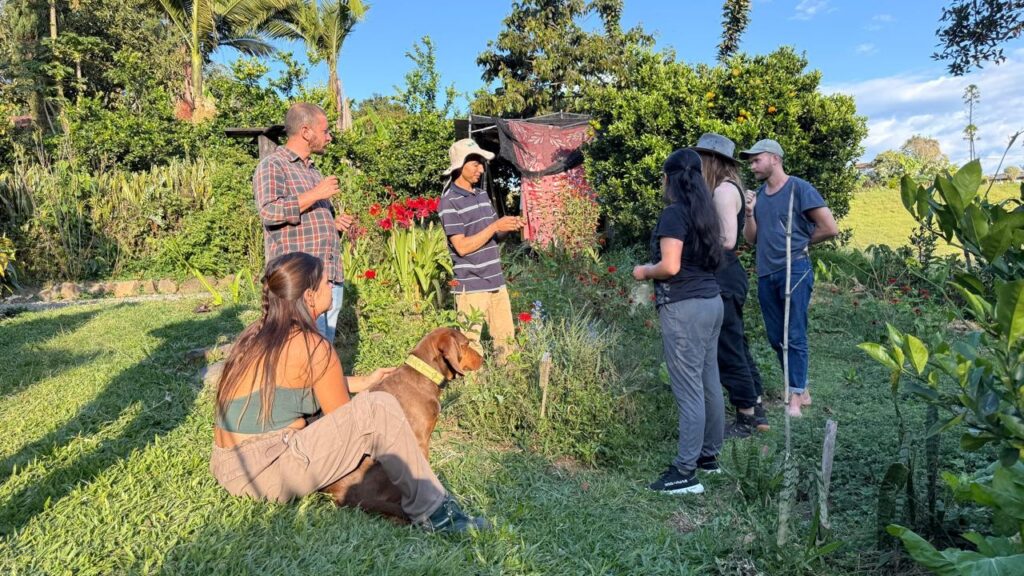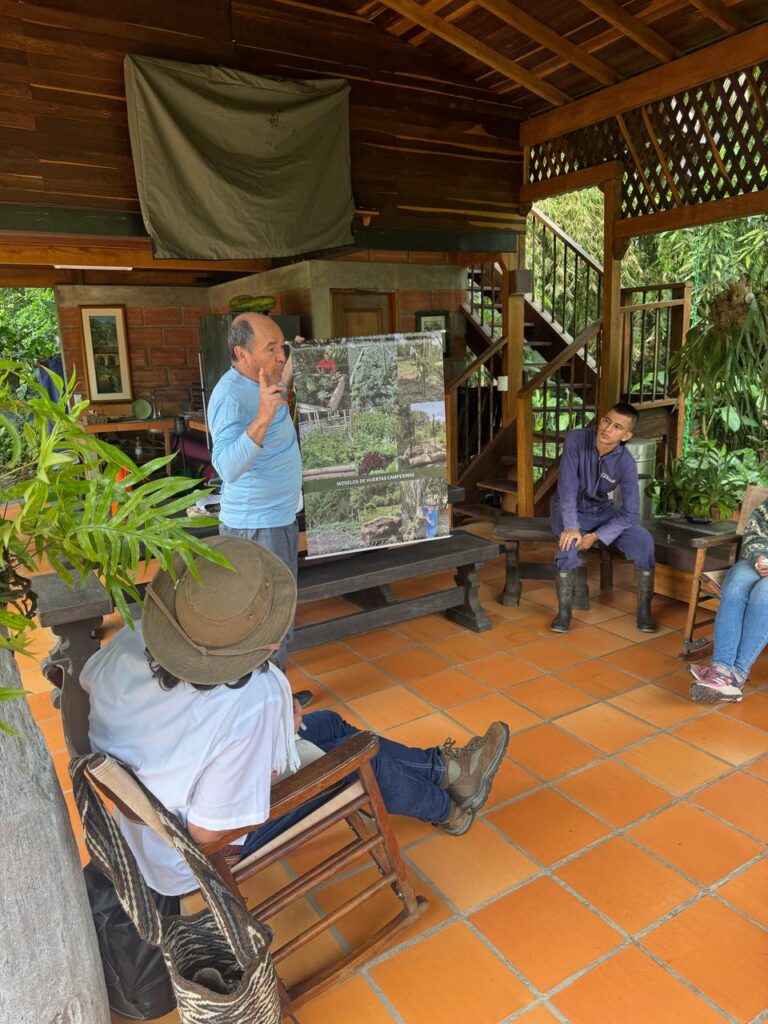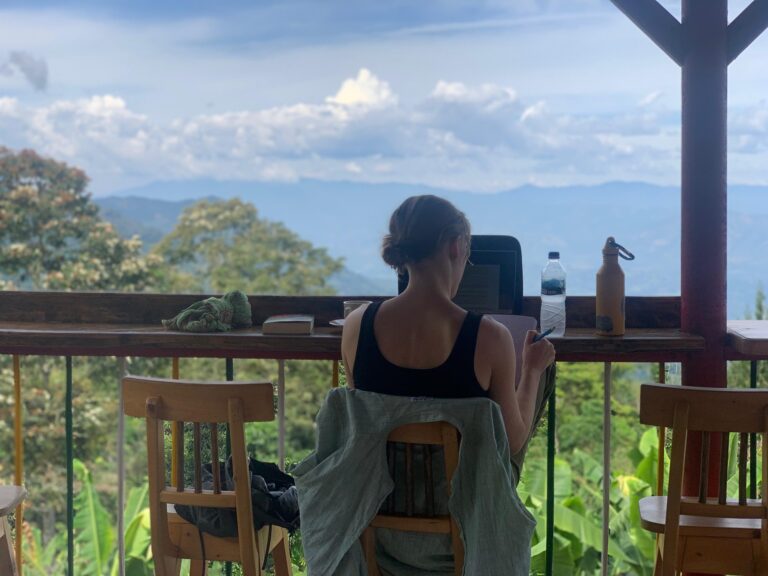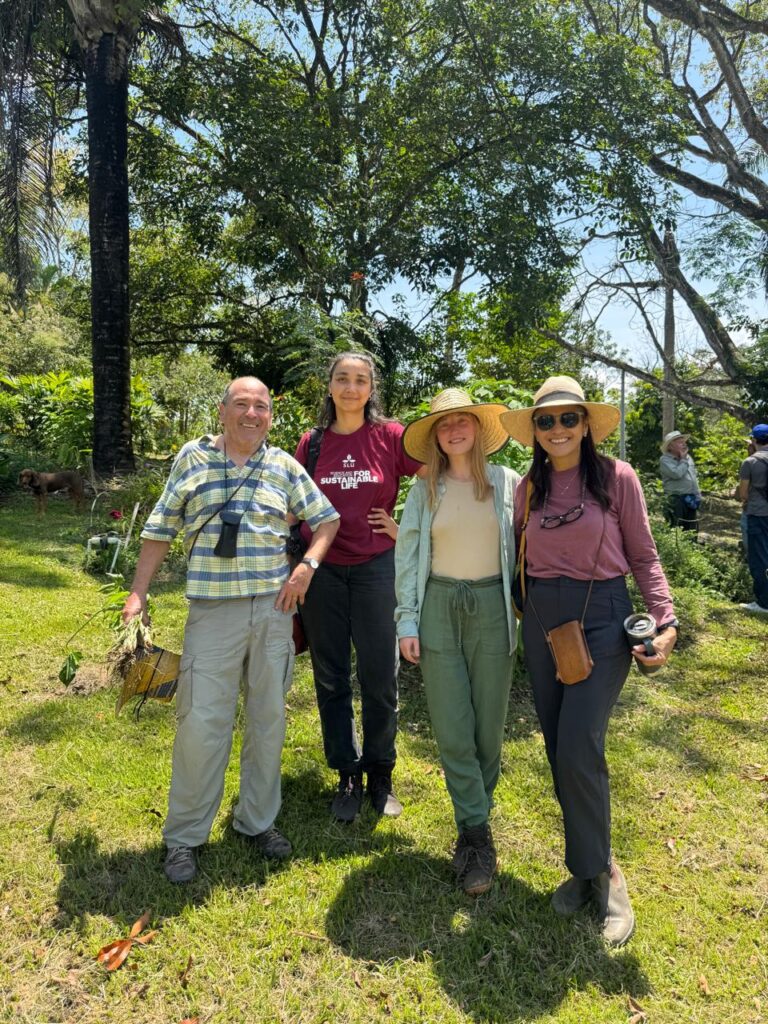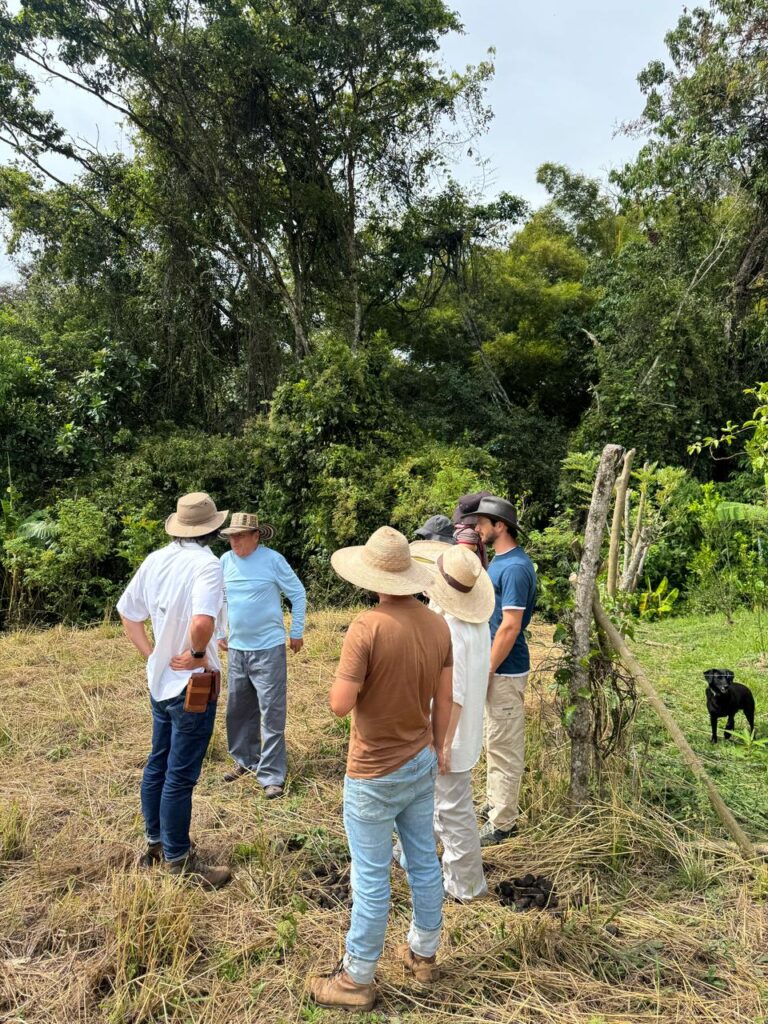Agroecology in theory and in practice
How did your real-life experience of working in the Topical Andes line up with your academic understanding of agroecology? Did anything come as a surprise?
In our first course on agroecology, it took us a week to even define what it is. It’s not like you enter the room and the teacher puts up a definition. We all work it out together and take a full week to do so. What we learned about agroecology from that is that it can emerge in really different ways, but it is centred around practice, science, and research.
One surprise from being in the Tropical Andes and driving around to these different farms was that many of them don’t use the word “agroecology”; it’s just traditional farming. The people I was working with used the term in their project, so they knew what agroecology was; but to local people and other Colombians I was talking to, I just explained that I was working with agriculture that mimics natural patterns to create sustainability.
The way one director of business put it, it’s “remembrance” rather than “agroecology”. Sometimes the word “agroecology” is used to connect to agroecology the movement and agroecology the science, but the practice is just the act of remembrance of how we have related to nature in the past and how we can find techniques to build on that now.
